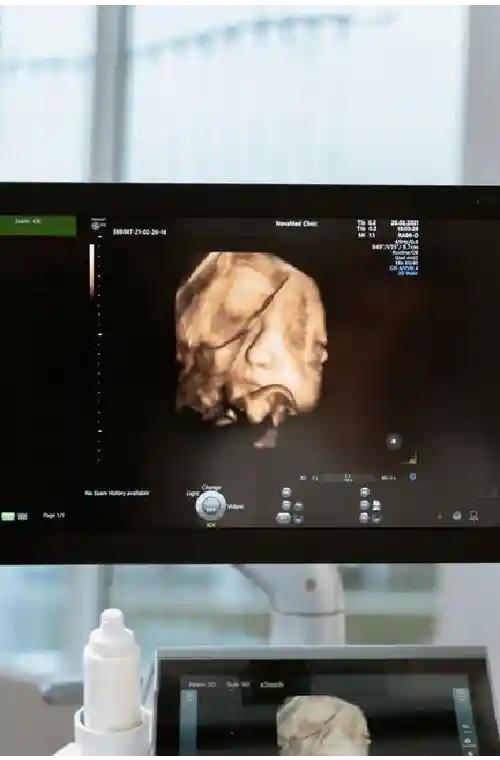HEALTH
A Comprehensive Guide to Understanding the Different Types of Ultrasounds

In medical diagnostics, ultrasounds are invaluable for peering inside the human body. This imaging technique is non-invasive.
It uses high-frequency sound waves to make pictures of the body’s organs, tissues, and blood flow patterns. It helps medical professionals diagnose and treat many conditions.
However, not all ultrasounds are created equal. Each type serves a unique purpose, offering different advantages and applications.
Read on to learn different types of ultrasounds.
2D Ultrasound
The most common type of ultrasound, 2D ultrasound, uses a probe that emits high-frequency sound waves into the body. These sound waves bounce off structures in the body. They create 2D images on a screen.
This allows real-time visualization of organs and tissues. It provides valuable data about their size, shape, and movement.
Other ultrasounds can also be used with 2D ultrasound to improve imaging. For example, Doppler ultrasound assesses blood flow. Different types of ultrasounds can also be used together for a more comprehensive view of the body.
3D Ultrasound
With the advancement of technology, 3D ultrasounds have become more accessible and widely used. Like 2D ultrasounds, 3D ultrasounds use sound waves to create images of the body’s structures.
But, 3D ultrasounds do not make a 2D image. They make a 3D image. This 3D image shows organs and tissues in more detail and realism.
3D ultrasound equipment also captures many images in one scan. This feature helps track fetal development during pregnancy. It is also for diagnosing conditions like heart defects.
4D Ultrasound
4D ultrasound technology improves 3D ultrasounds. It adds the element of time. This results in live images of the body’s insides. This imaging is dynamic.
It lets healthcare providers see movement in real-time. For example, fetal movement in pregnancy. It also helps assess the heart and other organs’ functionality.
4D ultrasounds show great detail. They enable doctors to diagnose and assess health conditions accurately. Ultrasound pictures let patients see their growing child in real time. This creates a special bond for expectant parents.
Doppler Ultrasound
Doppler ultrasound stands out for its unique ability to evaluate blood flow through arteries and veins. This ultrasound technique measures the change in sound wave frequency.
The waves bounce off moving blood cells. They create color images that map blood flow through vessels.
Choosing wholesale ultrasound machines with Doppler capability helps healthcare providers. They use them to detect blockages and abnormalities in blood flow. These issues could mean conditions like deep vein thrombosis.
Endoscopic Ultrasound
Endoscopic ultrasound is a type of ultrasound procedure. It uses an endoscope – a thin, flexible tube with an attached camera – to capture ultrasound images inside the body.
This ultrasound type is often used for imaging GI organs. These include the esophagus, stomach, and pancreas.
Endoscopic ultrasound offers high-resolution imaging. It shows structures close to the probe.
This makes it helpful in finding gallstones, tumors, and cysts. Different types of ultrasounds, including endoscopic ultrasound, have their unique advantages and applications.
High-Intensity Focused Ultrasound (HIFU)
HIFU is a cutting-edge therapy, not imaging. HIFU focuses high-intensity sound waves on a small area of abnormal tissue, generating heat to destroy the targeted cells.
Doctors commonly use this method to treat some tumors, like prostate cancer. It avoids the need for invasive surgery.
Learning Different Types of Ultrasounds
Each ultrasound type has unique capabilities and applications, making it an indispensable tool in modern medicine. Different types of ultrasounds work together to provide healthcare professionals with the necessary information to diagnose and treat various conditions.
With continued technological advancements, ultrasounds will improve patient care and outcomes.
Visit our website for more like this.
Having completed my education in English, I’ve cultivated a successful career as a content writer. My tenure includes valued collaborations with distinguished professional organizations, reflecting my commitment to producing high-quality content.
Contact me on this mail: [email protected]










